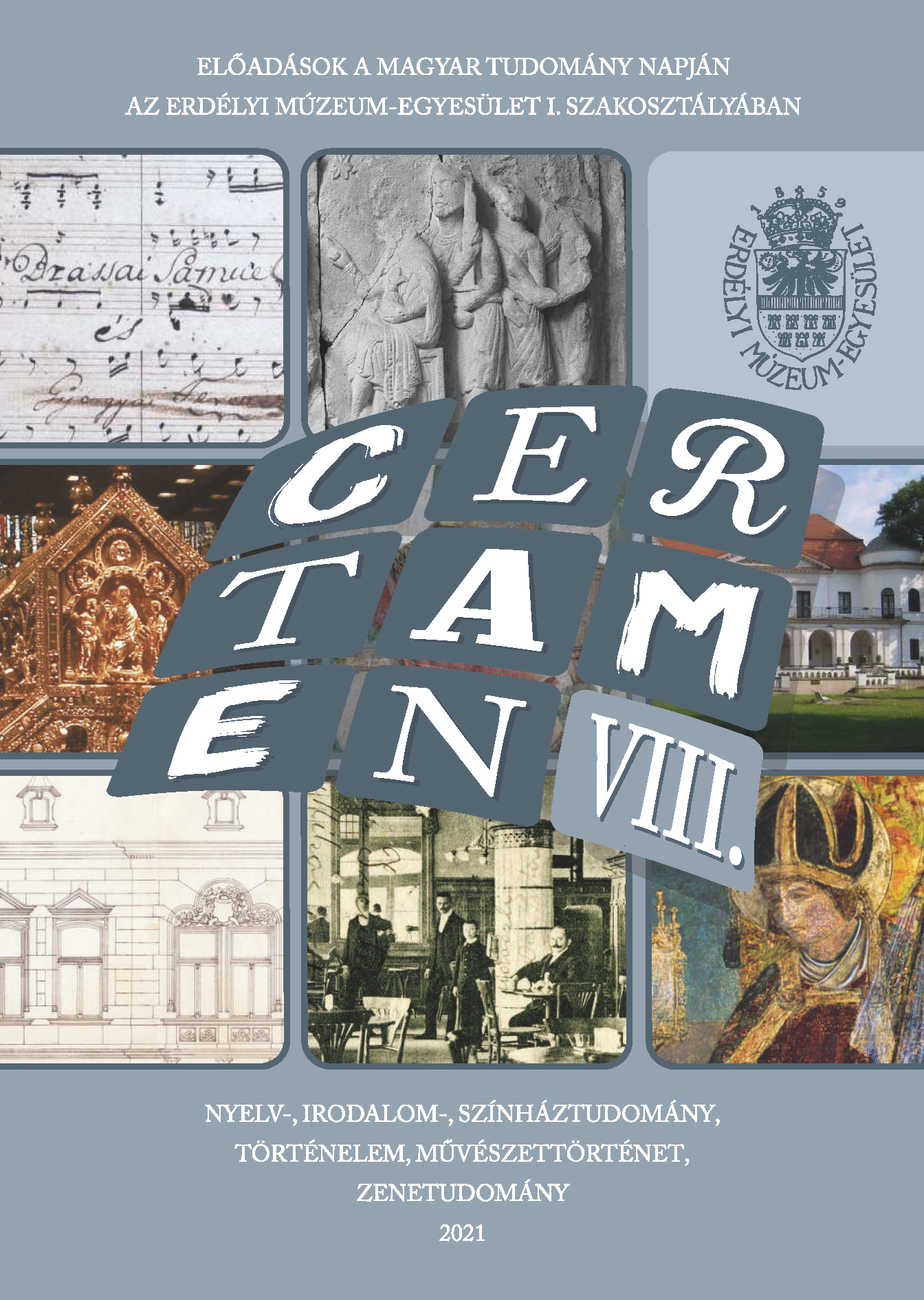Zeneelmélet kisiskolásoknak. Új utak az erdélyi művészeti szakoktatásban
Music Theory for Elementary School Students. New Paths in the Education of Arts in Transylvania
Author(s): Melinda HadnagySubject(s): Music, Pedagogy
Published by: Erdélyi Múzeum-Egyesület
Keywords: musical skills development; programs of Music Theory-Solfeggio; tools; methods;
Summary/Abstract: In the 21st century we live the age of educational reform. In the past year [2020] we witnessed a rapid transformation in this area. The question arises as to whether one of the special forms of artistic education in Transylvania (Romania) follows this trend. The present paper examines artistic education, namely the teaching of music theory in terms of its development in the elementary cycle. Based on the curricula, programs, textbooks and different illustrative tools, complex skills development begins in the primary classes in the field of rhythm, melody, harmony, timbre, volume. Although there is a preliminary grade, the so-called 0 (zero) class, in Romanian vocational education, the Music Theory-Solfeggio discipline appears only in the first grade. As a first step, this subject could be introduced into the preparatory class in a playful way, preparing skill development. Innovation is also needed in the curriculum itself, as a traditional content-based curriculum for the elementary cycle was last published in the year 1981. By reorganizing the learning contents and topics, a new, competence-based curriculum should be developed, as a continuation of the curriculum which was published in 2017 for the gymnasiums. In order for the curriculum to be applied effectively, quality textbooks are in need. For the elementary classes (ages 7–10) there is only one option available in Romania approved by the Ministry of Education, a Romanian textbook which is difficult to apply in a Hungarian school. The Author’s Tanuljunk zenét! series of workbooks, who’s musical material is based on the Kodály concept, is a viable alternative. The efficiency of the use of textbooks can be enhanced by new tools, illustrative materials, methods and online teaching interfaces that can be used in the lesson. The Hungarian-language music education in Transylvania is ready for change. Reorganizing the curriculum, new textbooks, alternative lesson tools and online educational interfaces point to the paths to be followed in making music theory and solfeggio teaching more effective.
Journal: Certamen
- Issue Year: 2021
- Issue No: VIII
- Page Range: 417-429
- Page Count: 13
- Language: Hungarian

